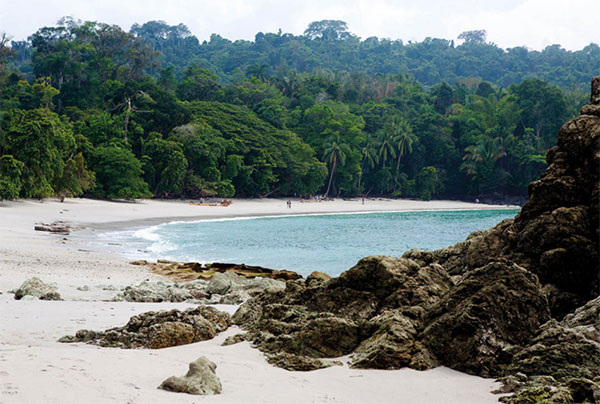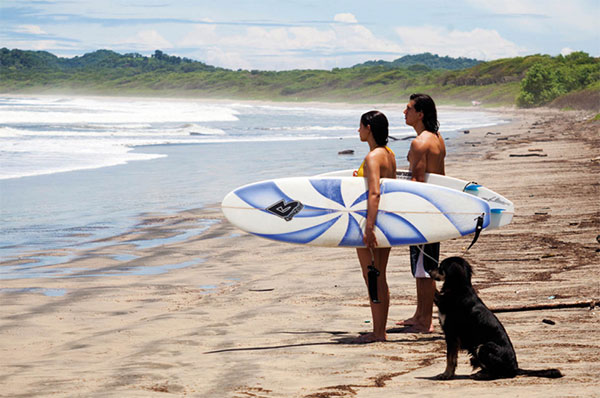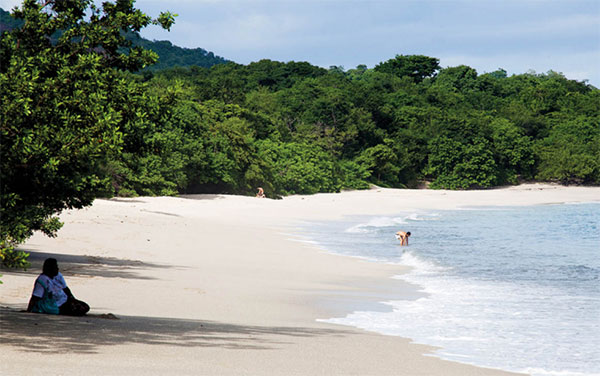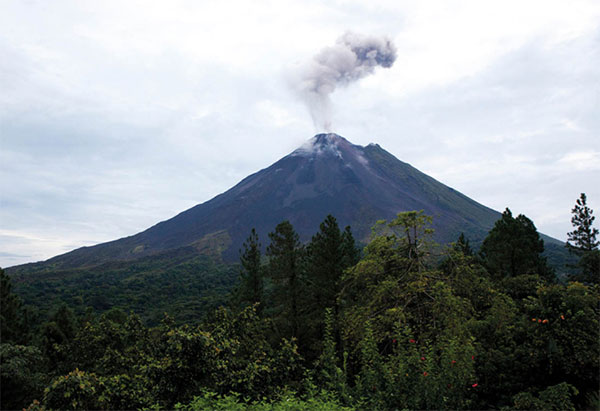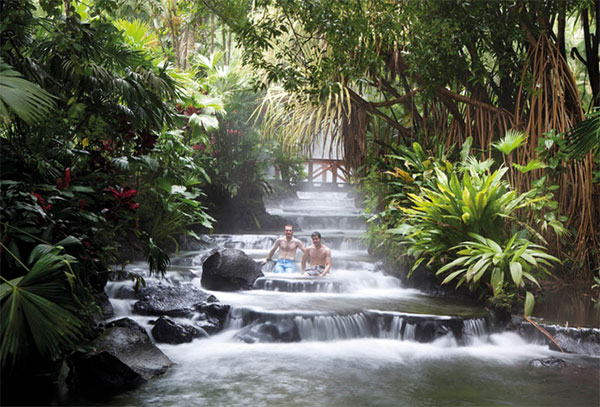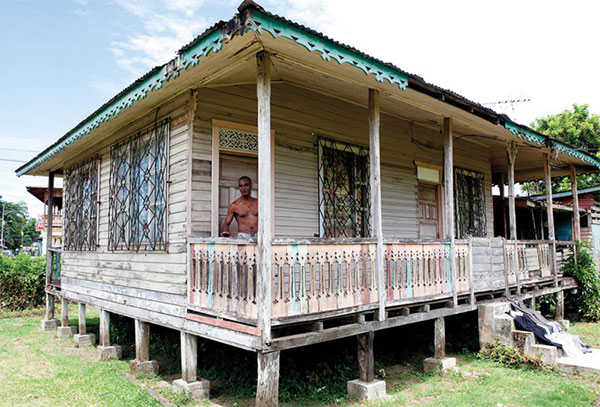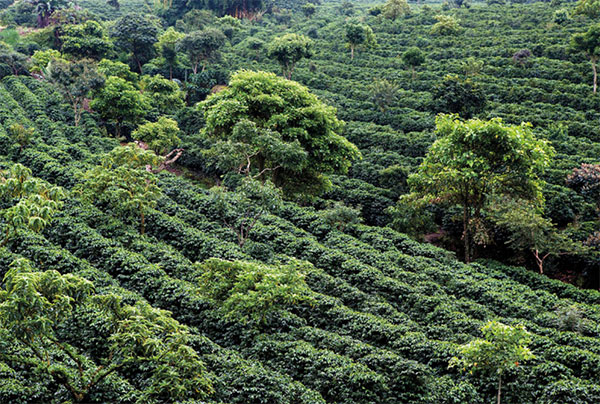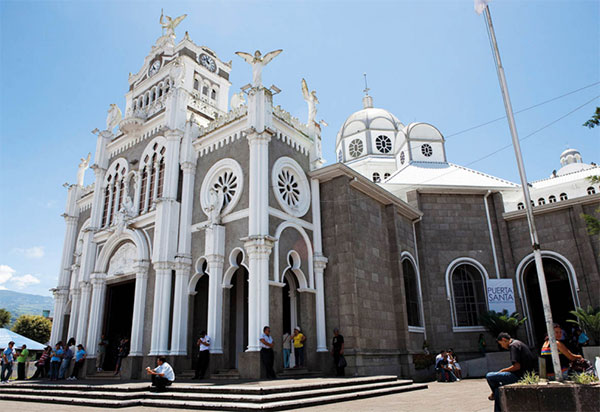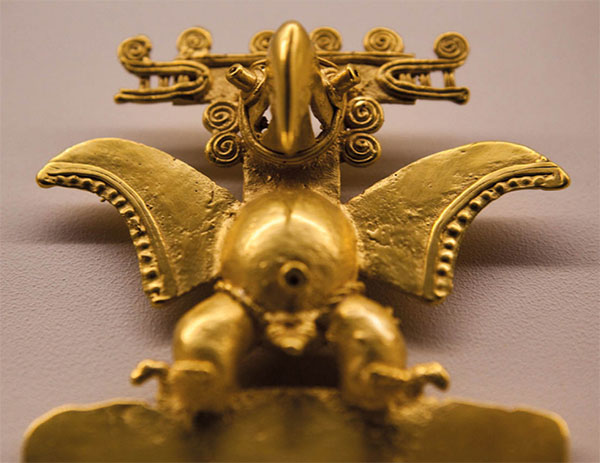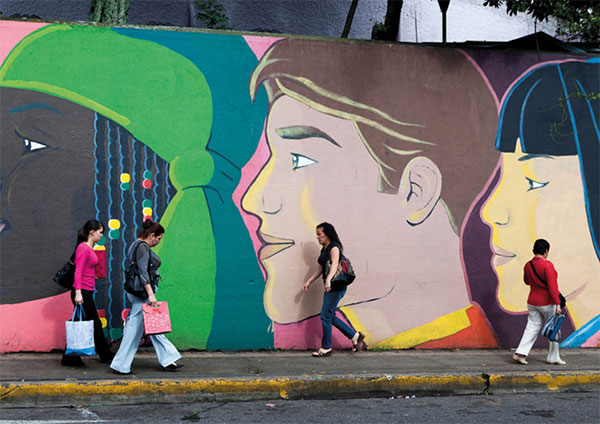Manuel Antonio National Park Once an important banana-shipping port, Quepos ™ [map] is now something of a dormitory town and business center for Manuel Antonio, 7km (4 miles) away. There are some good accommodations, restaurants, shops, banks, and nightlife, a regular bus service, and the flavor of an old-time fishing and banana town. The sport…
Crossroads Of The Americas – Costa Rica – Central America Travel Guide
CROSSROADS OF THE AMERICAS Costa Rica, it appears, was a kind of mercantile and cultural crossroads of the Americas. Linguistic and cultural influences, not to mention a wealth of artifacts and materials, were being exchanged both within the country and outisde, from as far north as Mexico and as far south as Ecuador. The native…
Fact – Land Of Fire – Costa Rica – Central America Travel Guide
Fact The Guanacastecos, as the residents of this province are called, are self-reliant people. You may spot a bumper sticker on a local car, declaring (in Spanish, of course) ‘Thank God I was born in Guanacaste.’ Many are descended from the Chorotega people, an American Indian tribe who lived in the northwest during the Spanish…
Land Of Fire – Costa Rica – Central America Travel Guide
LAND OF FIRE Until early July 1968, Arenal was a heavily wooded low hill, similar to many others in the area, near the village of La Fortuna. One morning local people began feeling a few earth tremors. Suddenly, the forest started smoking and steaming. Women washing their clothes marveled at the sudden warm water that…
Carnaval In Puerto Limón – Costa Rica – Central America Travel Guide
CARNAVAL IN PUERTO LIMÓN For many people, Puerto Limón’s annual Carnaval (Carnival) is the best reason to visit the place. This week-long jubilant event is held every October (rather than in February, the usual carnival month elsewhere). It is not an ancient Puerto Limón tradition: Carnival first began here in 1949, under the leadership of…
Cahuita – Costa Rican Snow – Costa Rica – Central America Travel Guide
Cahuita Cahuita £ [map] is a small scruffy town of faded but dignified-looking wooden houses, once painted bright colors that are now soft pastels, with a touch of Caribbean whimsy in the gingerbread details. Young travelers from Europe, Canada, and the US, oblivious to more modest local sensibilities, amble along the beaches and roadways in…
Costa Rican Snow – Costa Rica – Central America Travel Guide
COSTA RICAN SNOW When white coffee blossoms blanket the fields of the Central Valley, filling the air with a sweet jasmine-like fragrance, the Ticos call it ‘Costa Rican snow.’ You might well surmise that coffee is indigenous to Costa Rica; however, it was brought by the Spanish, French, and Portuguese from Ethiopia and Yemen. In…
Painted Ox Carts – Costa Rica – Central America Travel Guide
PAINTED OX CARTS Around 1910, as legend has it, a campesino (farmer) was crossing the Beneficio la Luisa when it occurred to him to decorate his oxcart wheels with colorful mandala-like designs inspired by ancient Moorish decoration. The art form quickly caught on and each district in Costa Rica had its own special design. Locals…
The City Center – Costa Rica – Central America Travel Guide
The city center The Plaza de la Cultura marks the heart of the city. The area around this large square is a popular meeting point for peddlers, artisans, street musicians – in fact, just about anybody and everybody. The pride of the square is the neoclassical Teatro Nacional A [map] (www.teatronacional.go.cr), modeled after the Paris…
Costa Rica – Central America Travel Guide
Fact Costa Ricans like to tell the story of how they received independence by mail. In fact, a courier aboard a mule arrived in the Central Valley of Costa Rica with the news on October 13, 1821, nearly a month after colonial officials in Guatemala City had declared independence for Costa Rica from the Spanish…
